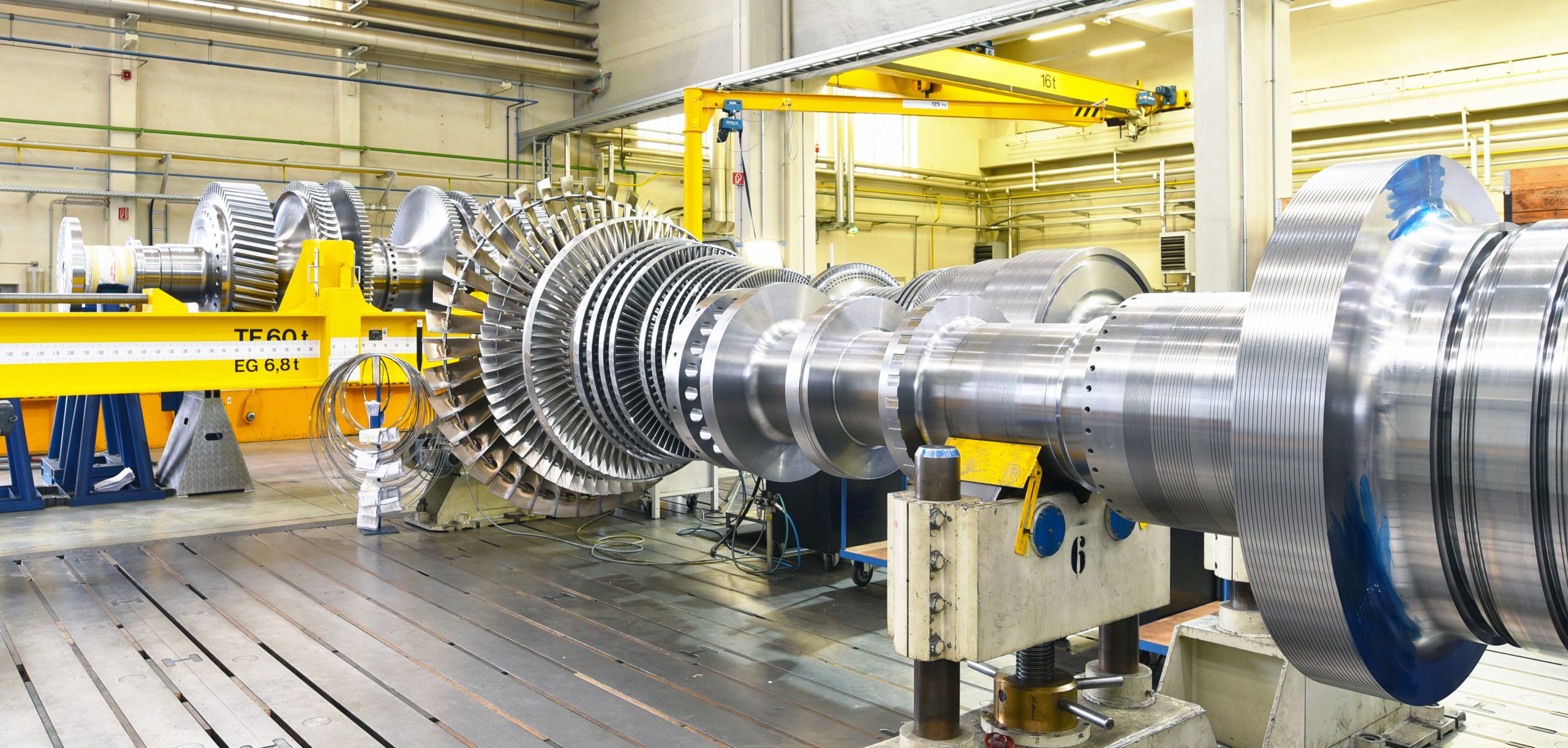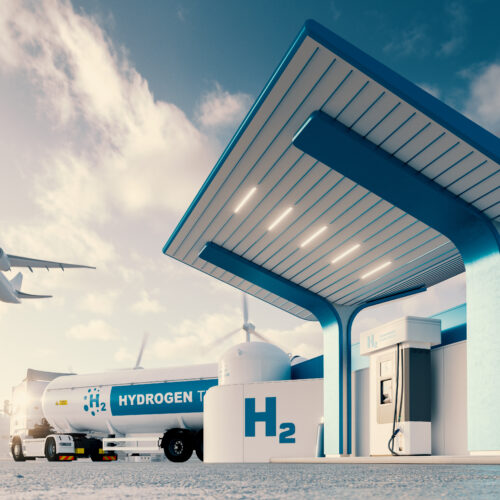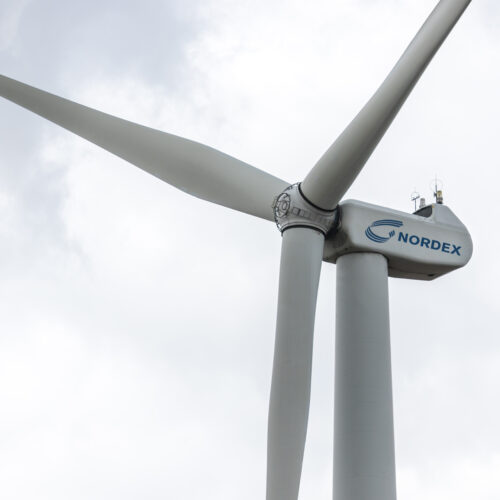The gas turbine is a type of internal combustion engine therefore also known as combustion turbine. Basically, this turbine uses liquid fuel or natural gas to get mechanical energy.
The basic principle of the gas turbine is somehow similar to the steam turbine but gas turbine uses air instead of water. These are three main components of the gas turbine; compressor, combustion chamber, and turbine as shown in the figure below.
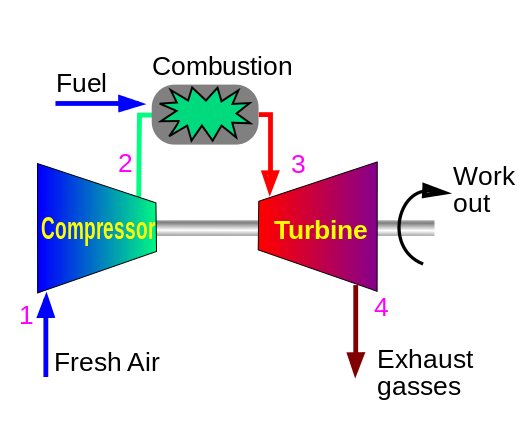
Figure 1: Main Components of Gas Turbine
Fresh air goes into the compressor at atmospheric pressure. The compressor increases the pressure of the air and passes it to the combustion chamber. In this chamber burning liquid fuel or natural gas is used to increase the temperature of the air while keeping the pressure constant.
This high-pressure and high-temperature air then goes into the turbine and expands to rotate the shaft. Some of the energy from the high pressure and high temperature dissipates in the form of shaft work output while remain energy goes into the atmosphere in the form of exhaust gasses. The shaft then can be linked to the generator to produce electricity or any other such machine to operate a vehicle including ships, trains, and aircrafts.
The compressor also operates from this work out through the shaft. The usage of hot gasses to run a machine is not a new concept. The Hero Engine, a type of steam turbine, of the first century was used as a toy but no one realized its potential for centuries. In 1791, John Barber patented first gas turbine. His gas turbine had the maximum number of elements. The efficiency of this turbine was not very high but lots of companies and individuals worked to improve its efficiency.
Mitsubishi Heavy Industries tested a gas turbine with efficiency greater than 60% in 2011. The efficiency of this gas turbine can be understood through its operation cycle, also known as Brayton Cycle. This is a thermodynamic cycle which explains the working of a gas turbine or heat engine. This cycle consists of four processes including compression, heat addition, expansion, and heat rejection as shown in the figure below.
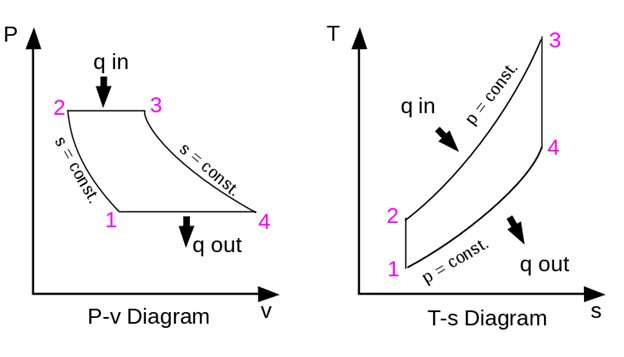
Figure 2: Bryton cycle
Compression: In this process pressure of the gas is increased by reducing its volume and without transferring heat, therefore, this process is also referred as the adiabatic process.
Heat Addition: This step includes the isobaric process where the temperature of the gas is increased by add heat while keeping the pressure constant.
Expansion: This step involves isentropic process in which heated and pressurized gas losses it energy by expansion to run the turbine.
Heat Rejection: This is the last step of Bryton cycle and it is also isobaric because in this step temperature of gas reduces while keeping the pressure constant.
In real life, it is almost impossible to perform totally adiabatic and isobaric process because of friction and heat losses due to which 100% efficiency of the heat engine is not possible. The efficiency of gas turbine depends on the perfection of Bryton cycle.
Introduction to Engineering Thermodynamics, Richard E. Sonntag, Claus Borrgnakke 2007. available at:
http://www.abebooks.co.uk/9780471737599/Introduction-Engineering-Thermodynamics-Sonntag-Richard-0471737593/plp
http://web.mit.edu/aeroastro/labs/gtl/early_GT_history.html

